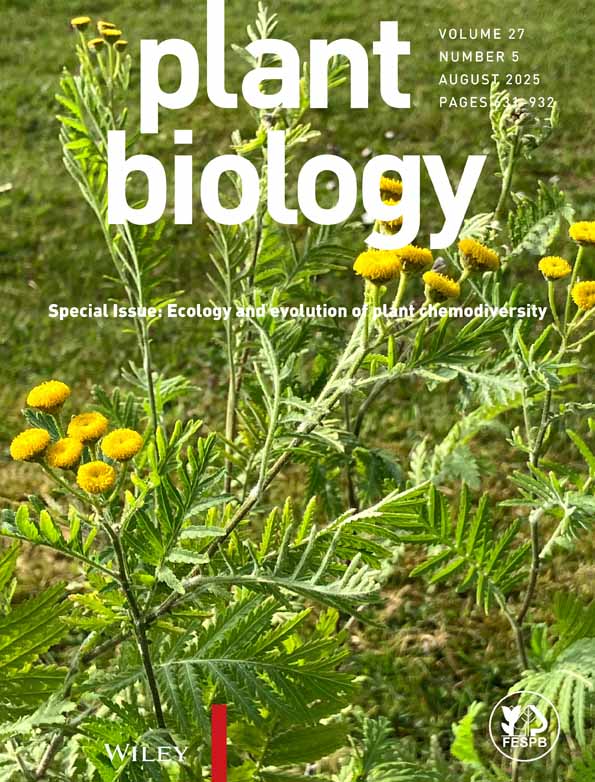Identification of Factors that Cause Heterophylly in Ludwigia arcuata Walt. (Onagraceae)
Abstract
Abstract: The submerged leaves of Ludwigia arcuata are much narrower than the terrestrial leaves. Such heterophyllous changes in leaf shape have been observed in other aquatic angiosperms, such as Callitriche heterophylla, Hippuris vulgaris and Ranunculus flabellaris, but the cause of the formation of heterophyllous leaves in L. arcuata seems to be quite different. In contrast to other species, in which the shapes of epidermal cells have been changed, the change of leaf shape in L. arcuata was found to be due to changes in the numbers of epidermal cells aligned in transverse sections. The susceptibility of leaves to changes in shape above and below the water is dependent on the developmental stages: leaves younger than the fourth leaf responded to a change in environment, while leaves older than the fifth leaf did not. Treatment with ACC (1-aminocyclopropane-1-carboxylic acid), a precursor to ethylene, induced the formation of submerged-type leaves on terrestrial shoots, implying that ethylene might be the endogenous factor responsible for the change in leaf shape. The results are discussed with reference to the significance of the acclimation of plants to environmental changes.
Abbreviations
-
- ABA
-
- abscisic acid
-
- ACC
-
- 1-aminocyclopropane-1-carboxylic acid
-
- BL
-
- brassinolide
-
- DMSO
-
- dimethyl sulfoxide
-
- GA3
-
- gibberellic acid
-
- LN
-
- leaf number
-
- P
-
- primordium number
-
- S-type
-
- submerged type
-
- T-type
-
- terrestrial type




